Discover our activity to work on selective attention! It’s called “How Many of Each Are There?” and is available in both digital and paper formats.
How Many of Each Are There?
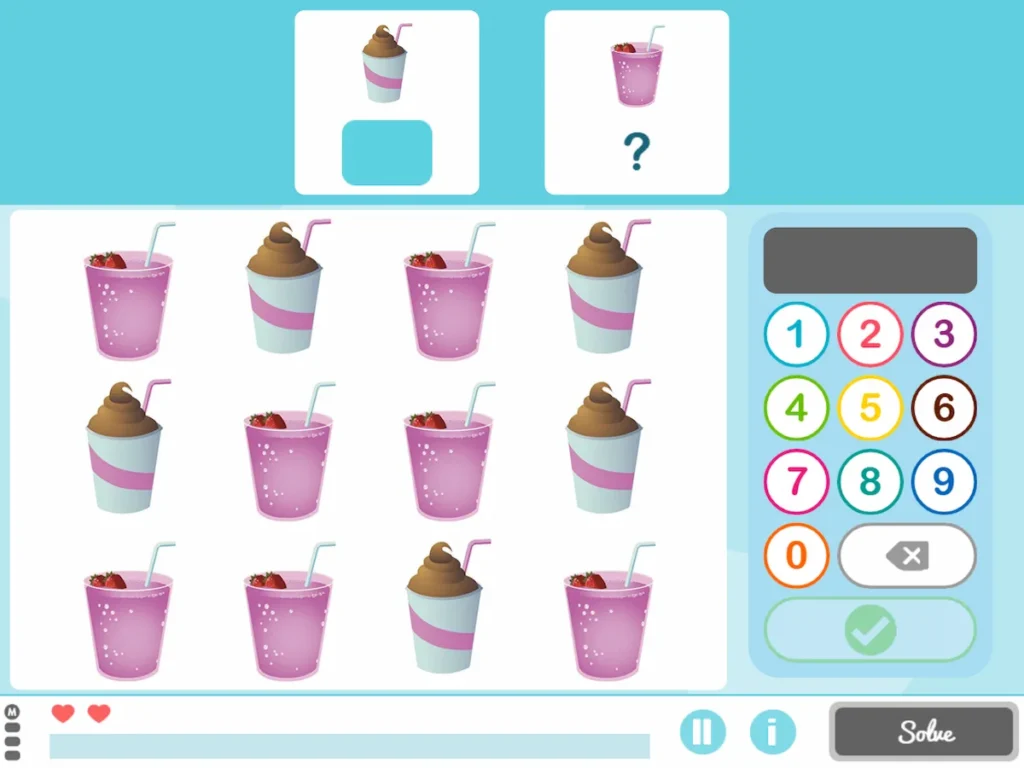
What does it involve?
This worksheet consists of counting how many of each stimulus there are.
The child will find various drawings, becoming more similar and mixed together as the level increases, and must try to count the number of each of them.
In the following medium-level worksheet there are 8 beavers, 6 cats and how many dogs?
What does this activity work on?
This activity works on selective attention, that is, the ability to direct attention and focus on something without allowing other stimuli to interrupt the task.
Format
More children’s paper content
As we mentioned, this worksheet, in addition to digital, is available on paper.
And we want to tell you that we are prioritizing the creation of more children’s content on paper due to your requests. We want you to have more children’s activities with more varied content on paper.
Application in daily life
This activity, besides being very fun, can be applied to many real-life tasks, for example, counting how many candies of each there are without losing track, or counting the forks, knives and spoons needed when setting the table according to the number of diners.
Languages
This worksheet is available in Spanish, English, French, Portuguese, Catalan, German and Italian.
Play by levels
This worksheet is available in 5 levels basic, easy, medium, difficult and advanced with 5 phases in each of them.
Adult version
This activity has its version “Count Stimuli by Type” with a design aimed at adults.
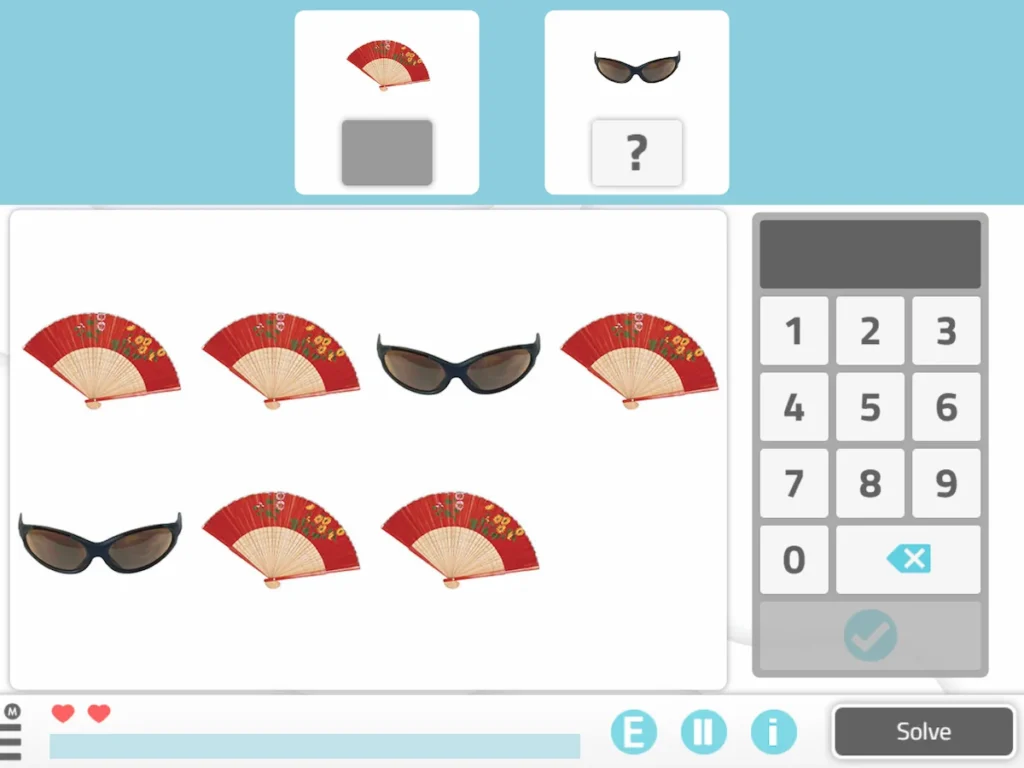
If you found this post about the children’s worksheet for working on selective attention useful, you may also be interested in the following blog posts:
“This article has been translated. Link to the original article in Spanish:”
Ficha infantil para trabajar la atención selectiva «¿Cuántos hay de cada?»
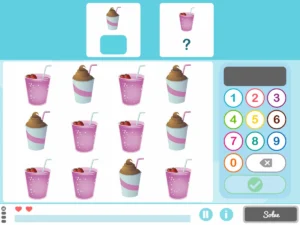
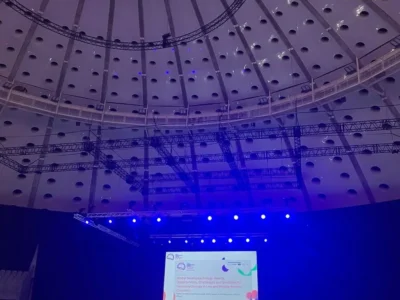
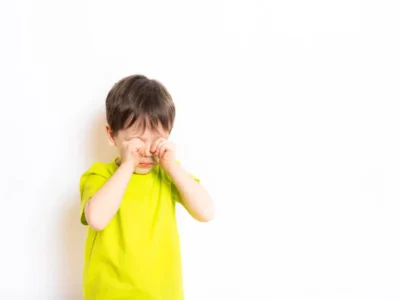
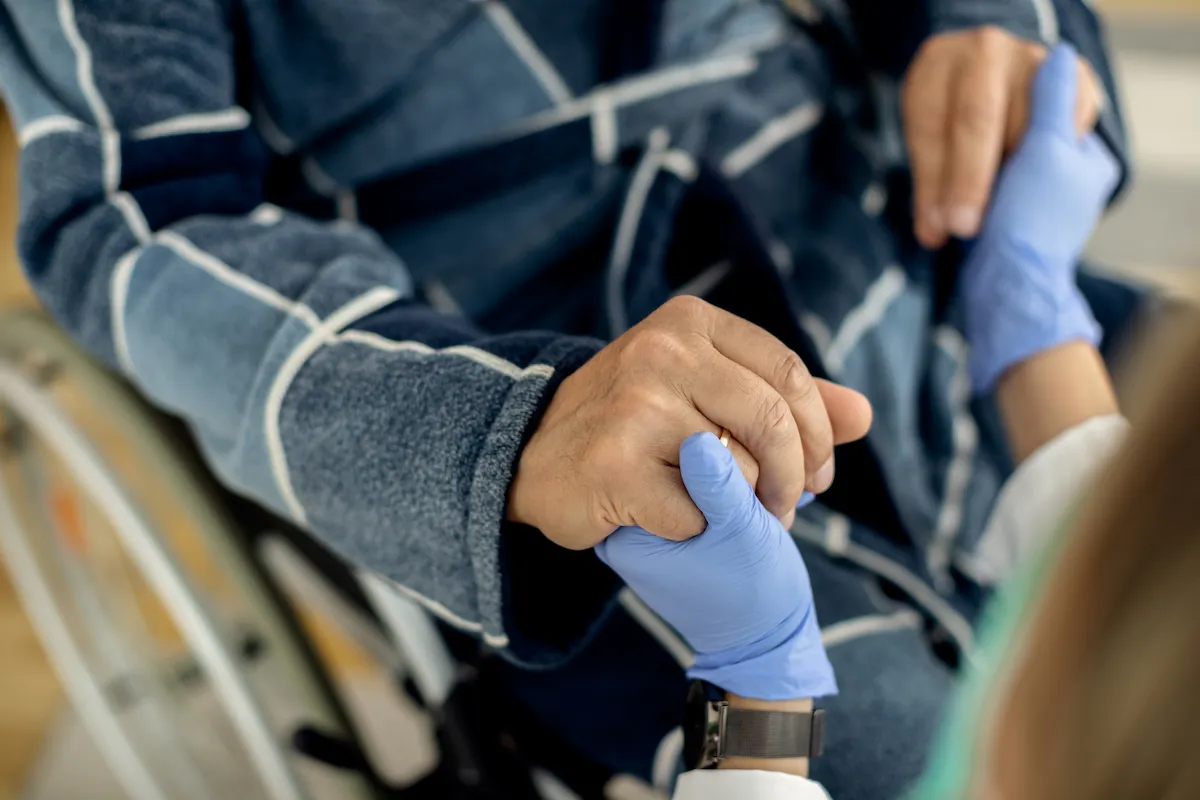


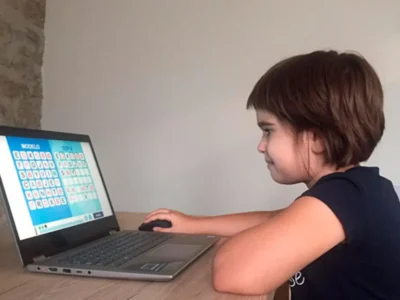
 Intervention with NeuronUP in the daily living activity ‘Get dressed’
Intervention with NeuronUP in the daily living activity ‘Get dressed’
Leave a Reply